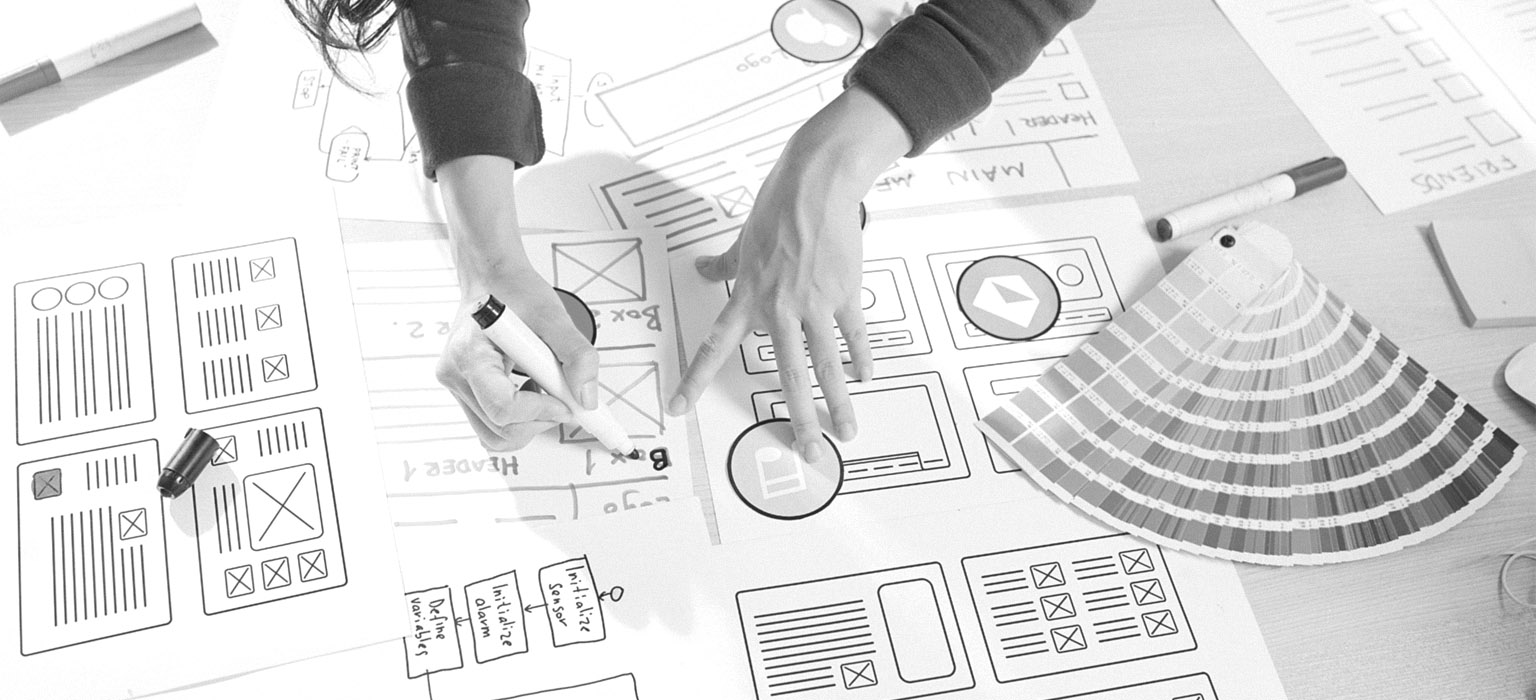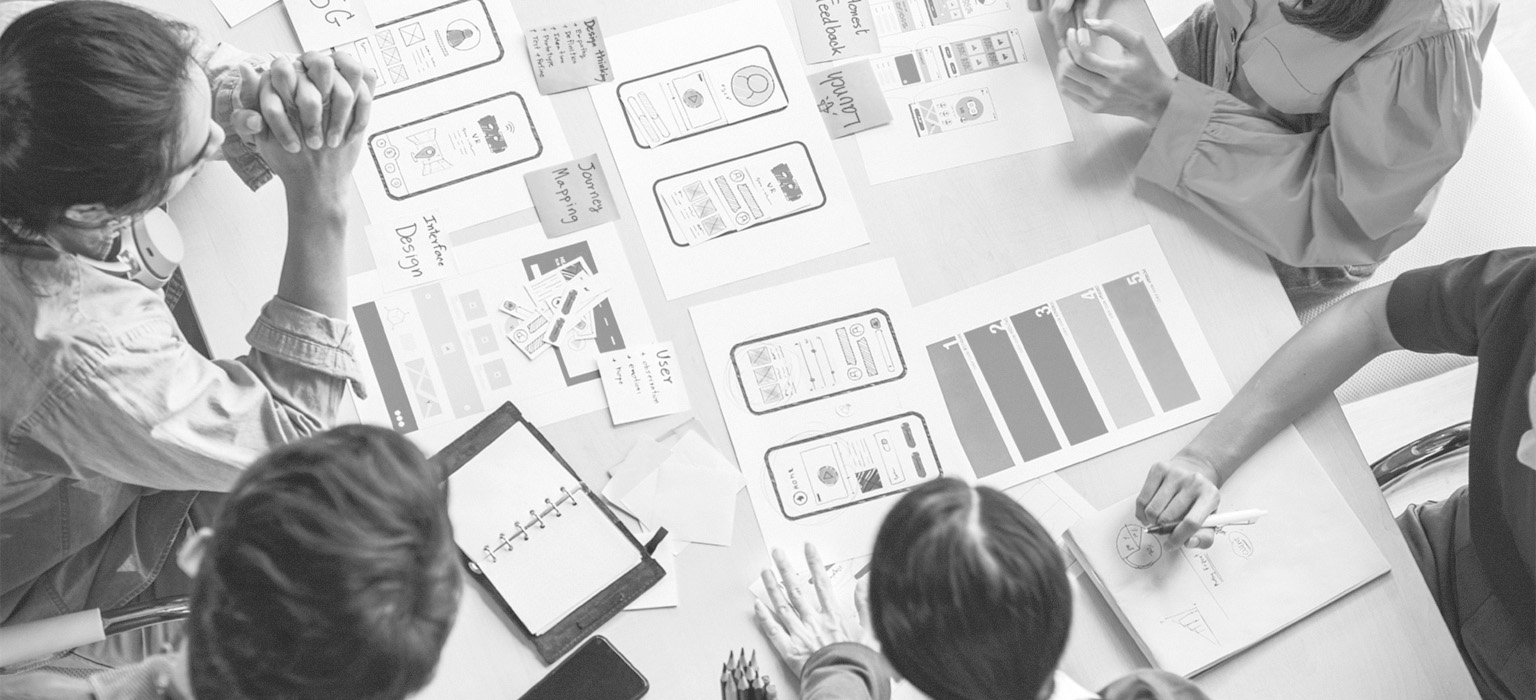Courtesy : ignytebrands.com
Design and branding
Brand design is the process of crafting visual identity, your brand’s signature look and feel that is instantly recognizable in a crowded market landscape. To create a visual identity that refuses to be ignored, you need strategic, intentional brand design.
In what follows, we’ll take a look at some common questions surrounding brand design, as well as some examples of strong brand design by industry:
Let’s start with the central question at hand: just what is brand design, anyway?
What is Brand Design?

Brand design is the process of crafting a brand’s visual identity by creating a unified system of design elements like logos, colors, typography, illustration, and photography.
A brand’s visual identity is the aesthetic embodiment of its positioning and personality. So, the most effective brand design is informed by research and guided by strategy.
When brand design is effectively executed, the insights of research and strategy come to life in touchpoints like website, marketing collateral, packaging, presentations, etc.
But before any of these touchpoints can be created, you first have to define the design elements that will go into them.
What Elements Does Brand Design Include?

A key part of brand design is the creation of the foundational design elements that make up a brand’s visual identity.
Because they exist as components of a brand’s visual identity, it’s essential that these elements work together as a system.
It’s important to keep the system as a whole in mind when creating each of the following individual elements.
Logo
Whether it’s a wordmark, conceptual mark, or combination mark, a logo is a brand’s stamp on the world.
A logo is an aesthetic symbol full of meaning that has the power to communicate a brand’s essence in a visual instant to all who experience it.
The Definitive Guide to Rebranding
Everything you need to know about rebranding your business-and avoiding costly mistakes.DOWNLOAD NOW
Colors
Colors are essential to brand design. Each color has a distinct impact on the psychology of a brand’s audience. Understanding that impact is key to getting the most out of colors in brand design.
Typography
Fonts and typefaces are a unique design element in that each is a design system unto itself.
Because they are meticulously and intentionally designed, typefaces bring a distinct, readymade personality to brand design.
Shapes
As defined by the sequence of cognition, shape is the most basic visual stimulus. But just because they are basic doesn’t mean shapes aren’t imbued with rich instinctual meaning.
Whether they’re obliquely suggestive or plainly representational, shapes comprise a powerful foundational component of brand design.
Illustration
Illustration is another element that can impart powerful and immediate personality to brand design.
It’s important to define a cohesive and uniform illustration style, as well as be mindful of how illustrations will be used with other design elements.
Iconography
Iconography is a way to communicate complex information via simplified illustrated graphics.
Part art and part science, good iconography gives designers an illustrative language inspired by the industry and medium for which it is created. Essential to effective iconography are simplicity and clarity.
Texture and Pattern
Texture refers to surface quality in design. Just as tactile textures can be rough, smooth, shiny, fuzzy and so on, so can visual textures redefine the quality of a surface.
Pattern, on the other hand, is the intentional repetition of shape or form. Patterns are planned structures whose geometric nature means they can be easily mass produced.
It’s key to remember that textures and patterns are supporting elements. They should enhance the message you wish to convey, never distract from it.
Photography
Photography is a key element to brand design and includes representational imagery supporting a brand’s positioning and personality.
The style and treatment of photographic images informs their impact on brand design as much as their content.
Video
Video is a unique and compelling way to introduce storytelling to your brand design.
Video has been proven to capture the attention of audience members longer and more thoroughly than any other medium.
Animation and Motion
Animation and motion bring otherwise static design to life in dynamic ways. Both are best used with restraint, in subtle feedback for microinteractions, for example, rather than to induce delight or entertain users.
When animation is used in a subtle and intentional way, it can help users build mental models about how a system works and how they can interact with it.
The advantage of motion is also its drawback: it attracts attention. We are sensitive and prone to be distracted by any type of motion, meaningful or not.
Interactive Elements
Interactive elements are design features that users can interact with, usually on a website or online experience.
By engaging the user in a dialectical relationship, interactive elements add a powerful character to brand design that goes beyond mere animation or motion.
Data Visualization
Data visualization is the process of representing complex data in illustrated elements like charts and graphs.
Data visualizations should always be designed for clarity and comprehension, in addition to aesthetic appeal.
Layout
The foundation of effective brand design is the way its visual elements are organized and positioned in relation to each other. This is what is known as layout.
Layout both gives meaning to design and makes it visually appealing. It provides balance from page to page and implements an intuitive hierarchy that makes it easy to navigate visual communication.
How Do You Execute Brand Design?

When it comes to brand design, the elements outlined above are just the building blocks. Where the rubber hits the road, where a brand’s visual identity truly comes to life, is in execution.
Executing brand design isn’t magic. Effective execution is the result of a proven and well-trodden process.
So, how do you execute brand design? By following four essential steps:
1. Do Your Research
All good branding begins with research. That includes brand design. Brand design should be informed by insights from market research, customer research, and internal research.
Only by understanding a brand’s market landscape, the unique needs and challenges of its customers, and the perspectives of its employees can a designer hope to lay the groundwork for a strategic approach to brand design.
2. Clarify Your Strategy
Effective brand design is informed by thorough brand strategy. That includes a well-defined brand framework outlining foundational positioning elements like the brand compass, brand archetype, brand personality, etc.
A well-defined brand framework is both the blueprint and the roadmap for the visual identity that is brought to life by the brand design process.
3. Design Your Elements
With both the insights from research and the direction from strategy in tow, you can get to work in creating the brand design elements outlined above.
From your logo and color scheme to your typography and photography, each element should be created as an integral component to the unified aesthetic system that is your brand’s visual identity.
4. Create Your Touchpoints
Touchpoints like your website, marketing collateral, and signage are where your brand’s visual identity comes to life in an interplay of brand design elements.
Creating your touchpoints is the final step of brand design, where visual elements are creatively combined to strategically communicate the brand’s key messaging.




